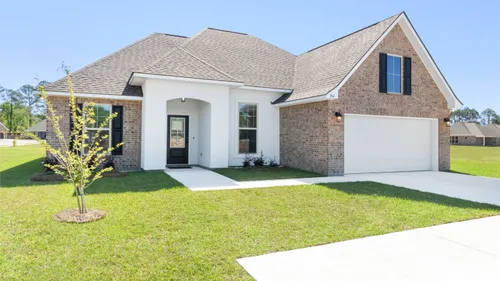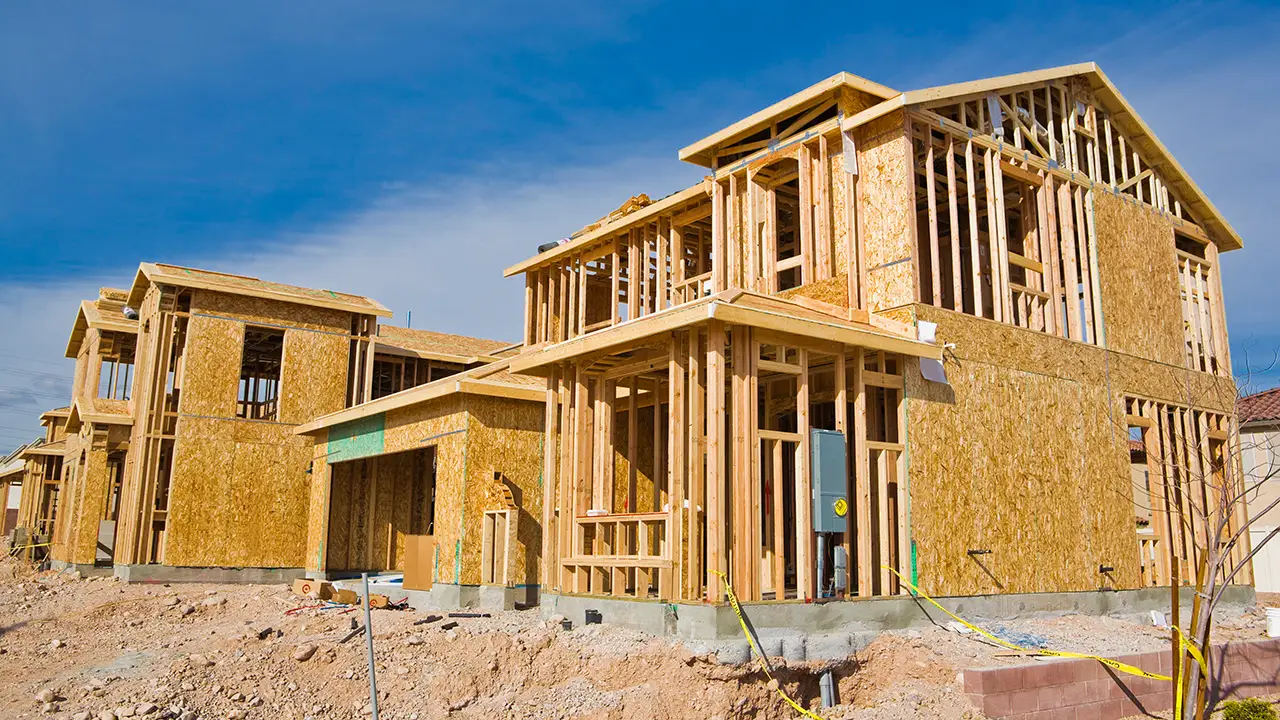Just How a General Professional Can Change Your Typical Locations Into Functional Rooms
The transformation of common areas into functional areas is a nuanced process that calls for a general specialist's experience in analyzing particular neighborhood requirements and making tailored options. By considering elements such as design, accessibility, and aesthetic charm, a contractor can create settings that not only serve sensible functions but likewise foster community interaction.
Assessing Current Common Area Requirements
When assessing usual areas, it is necessary to recognize and comprehend the specific requirements of the area they serve. This process starts with an extensive assessment of present use patterns, which involves gathering data on foot website traffic, peak usage times, and activities taking location within these areas. Engaging with area participants via conferences or surveys can supply valuable insights into their preferences and difficulties.
Next, it is very important to take into consideration the demographic make-up of the area, consisting of age, way of life, and any unique requirements that might affect exactly how these rooms are made use of. Family members with young youngsters may need play areas, while older adults might focus on accessibility attributes.
In addition, evaluating the existing facilities and facilities is essential. Identifying locations that are underutilized or in need of repair work can notify prospective enhancements. Working together with stakeholders, such as building supervisors and neighborhood organizations, makes certain that the analysis reflects a comprehensive understanding of the neighborhood's needs.
Inevitably, a thorough examination of present typical location requires lays the foundation for effective changes, enabling for the production of areas that promote interaction and improve the total lifestyle within the area.
Creating for Functionality and Aesthetic Appeal
A detailed understanding of neighborhood requires sets the phase for efficient style that balances capability and aesthetic appeals in common locations. Effective design requires a thoughtful technique that takes into consideration both the functional uses the space and the visual appeal that improves the atmosphere.
Useful design requires developing spaces that cater to the particular tasks and interactions of the community. This could include adaptable seating plans for events, accessible paths for people with wheelchair difficulties, or assigned areas for recreational activities. Each component needs to serve a function while making sure simplicity of activity and comfort for customers.
The selection of colors, products, and lights can substantially affect the understanding of a space. In addition, lining up the design with the area's cultural identity can promote a sense of belonging and pride.
Budgeting and Resource Allotment
Effective budgeting and source appropriation are crucial elements in the effective makeover of typical areas. A distinct budget outlines the economic specifications within which the task need to run, making certain that costs are managed and resources are efficiently utilized. This begins with an extensive assessment of project needs, consisting of layout aspects, materials, and labor.

A basic specialist plays a crucial function in this stage, collaborating with stakeholders to develop sensible budget plan quotes that straighten with the designated vision. By prioritizing crucial attributes click resources and exploring affordable alternatives, the specialist can maximize investing without compromising quality.
Resource allocation involves tactically appointing workers, equipment, and products to different stages of the project (General Contractor Indiana). This calls for cautious planning to avoid hold-ups and make certain that each component is delivered in a timely manner. In addition, regular surveillance of expenditures versus the spending plan aids to identify potential overruns early, enabling for prompt adjustments
Taking Care Of Building And Construction Process Successfully
Managing the building and construction procedure efficiently is essential for accomplishing timely job conclusion and keeping spending plan honesty. A well-coordinated approach entails meticulous planning, clear communication, and effective resource monitoring. General service providers have to develop an in-depth task timeline that outlines each stage of building, enabling the recognition of critical milestones and potential bottlenecks.
Routine development meetings are vital for keeping all stakeholders educated and lined up. These conferences assist in the prompt resolution of issues, making certain that the project stays on track. Furthermore, making use of job monitoring software program can streamline communication, track progress, and take care of documentation, decreasing the probability of delays and misconceptions.
Effective source allowance is additionally extremely important. By making sure that materials, labor, and equipment are available when required, basic professionals can stop expensive interruptions. Implementing an aggressive method to run the risk of management additional improves effectiveness, as it permits the recognition and mitigation of prospective difficulties before they escalate.

Making Sure Compliance and Top Quality Requirements
Conformity and top quality standards are fundamental to the success of any type of construction task, ensuring that the finished areas not only meet customer assumptions but additionally abide by regulatory requirements. A general service provider plays a crucial duty in implementing these requirements throughout the building and construction procedure.
First, it is necessary for the service provider to remain upgraded on regional building ordinance, safety and security guidelines, and industry ideal techniques. This knowledge allows them to lead design selections more and product choices that straighten with compliance requirements. Routine evaluations and high quality analyses throughout the building stage aid to identify possible issues early, mitigating costly hold-ups and remodel.
Additionally, a trustworthy basic specialist cultivates a society of top quality amongst subcontractors and employees. This can be achieved by offering training on conformity procedures and carrying out stringent quality control steps. By establishing clear interaction channels, the service provider can make certain that every person included understands their duties pertaining to conformity and high quality.
Conclusion
In verdict, the role of a general contractor in transforming typical areas into useful rooms is critical. Through a comprehensive assessment of area requirements, thoughtful style, thorough budgeting, and reliable project monitoring, these experts can develop settings that enhance usability and visual charm. Adherence to compliance and high quality standards even more ensures that rejuvenated areas not only satisfy the assumptions of stakeholders however also foster involvement and improve the overall experience for all customers within the area.
The transformation of common areas right into functional rooms is a nuanced process that calls for a general contractor's competence in analyzing details community needs and developing tailored remedies. By considering aspects such as design, accessibility, and aesthetic charm, a professional can develop environments that not just offer sensible functions however also foster community interaction. General service providers should develop a thorough job navigate to this website timeline that outlines each stage of construction, allowing for the recognition of prospective traffic jams and crucial turning points.
